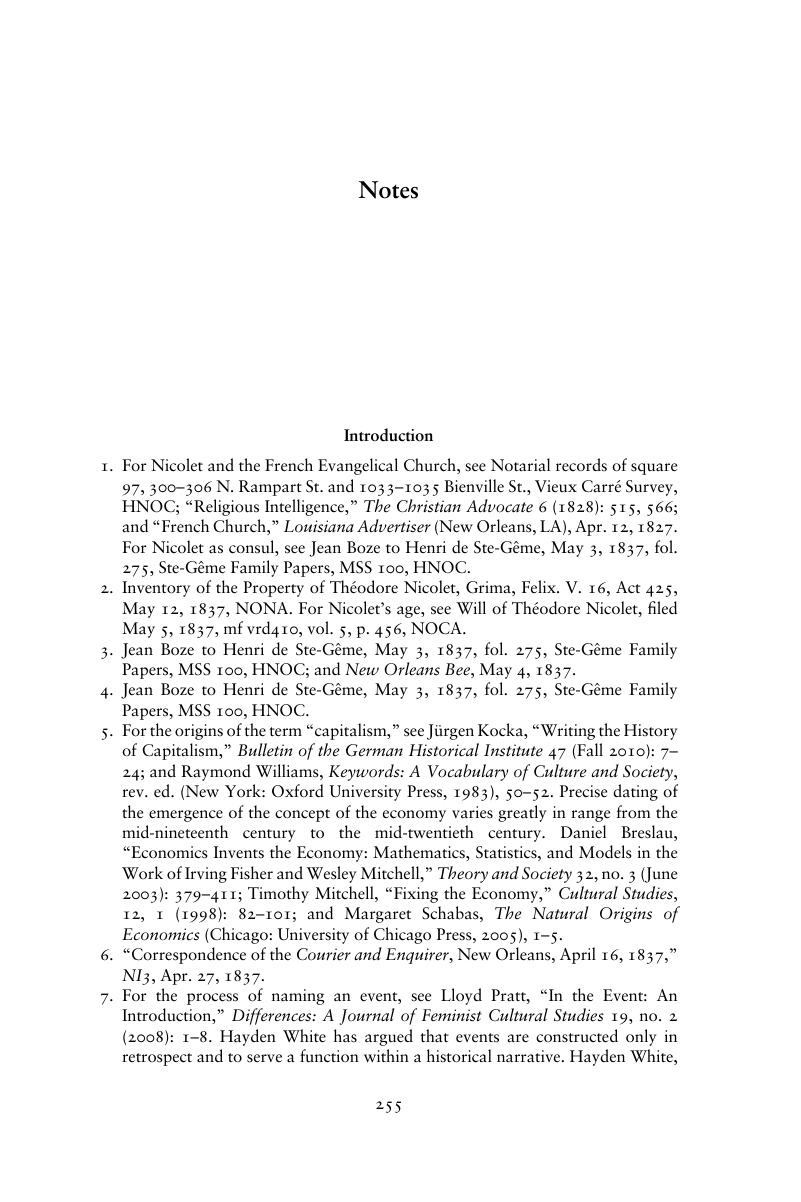Book contents
- Frontmatter
- Contents
- List of Figures
- Acknowledgments
- Abbreviations
- Atlantic Ocean
- Introduction The Many Panics of 1837
- Chapter 1 A Very “Gamblous” Affair
- Chapter 2 The Pressure of 1836
- Chapter 3 Practical Economists
- Chapter 4 Mysterious Whispers
- Chapter 5 The Many Panics in 1837
- Chapter 6 Parallel Crises
- Chapter 7 States of Suspense
- Epilogue Panic-less Panics of 1837
- Notes
- Index
- References
Notes
Published online by Cambridge University Press: 05 June 2014
- Frontmatter
- Contents
- List of Figures
- Acknowledgments
- Abbreviations
- Atlantic Ocean
- Introduction The Many Panics of 1837
- Chapter 1 A Very “Gamblous” Affair
- Chapter 2 The Pressure of 1836
- Chapter 3 Practical Economists
- Chapter 4 Mysterious Whispers
- Chapter 5 The Many Panics in 1837
- Chapter 6 Parallel Crises
- Chapter 7 States of Suspense
- Epilogue Panic-less Panics of 1837
- Notes
- Index
- References
Summary

- Type
- Chapter
- Information
- The Many Panics of 1837People, Politics, and the Creation of a Transatlantic Financial Crisis, pp. 255 - 324Publisher: Cambridge University PressPrint publication year: 2013

